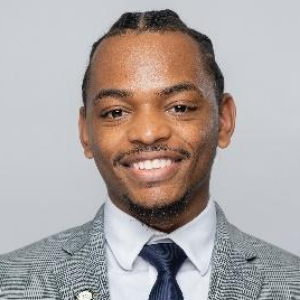Title : Fibrous scar: Barriers to longitudinal care
Abstract:
Context: Cutaneous pathological scars, including keloids and hypertrophic formations, disproportionately affect ethnic minority communities, posing challenges to individuals' psychological well-being and self-esteem. Patients in under-resourced neighborhoods are particularly impacted by these skin conditions. The lack of consistent results of treatment causes patients to question the value of investing time and resources in continued medical supervision aiding in the addition of barriers including transportation, finance, and language.
Objectives: This research aimed to investigate the barriers of longitudinal care of fibrous scarring. Additionally, it sought to investigate the overall effects, psychological comorbidities, impact on quality of life, and financial constraints seen across fibrous scarring population.
Methods: A comprehensive literature review was conducted on PubMed Central using specific search terms and Boolean phrases. The studies selected for review met the inclusion criteria of English language, availability of abstracts and full text. Studies that did not meet these criteria were excluded.
Results: No studies have yet been conducted that analyze the barriers facing longitudinal care of fibrous scarring. Literature review articles updating techniques utilized in improving care mention these barriers without specified studies to reference for improving care.
Conclusions: Understanding the factors that influence decisions regarding scar treatment is crucial for implementing more effective therapies for patients with pathological scars. However, there is a significant gap in research regarding the accurate identification of barriers to patient care. Further studies are needed to address this gap and develop a comprehensive understanding of the obstacles patients face in accessing and adhering to longitudinal treatments. By gaining insight into these barriers, healthcare providers can develop more tailored and patient-centered approaches to care, ultimately leading to improved outcomes and the establishment of a generalized model for longitudinal treatment.
Keywords: fibrous scar; longitudinal care; barriers; keloid
Audience Take Away Notes:
This abstract highlights the critical gap in research concerning the obstacles hindering individuals from effectively managing fibrous scarring care. Beyond clinical trials, consistent follow-up is pivotal for favorable treatment results. Future studies aim to pinpoint these barriers, empowering healthcare providers to offer tailored guidance for enhanced patient adherence. Identifying these hurdles will enable physicians to enact clinic-specific policies tailored to address the unique needs of their patient population



